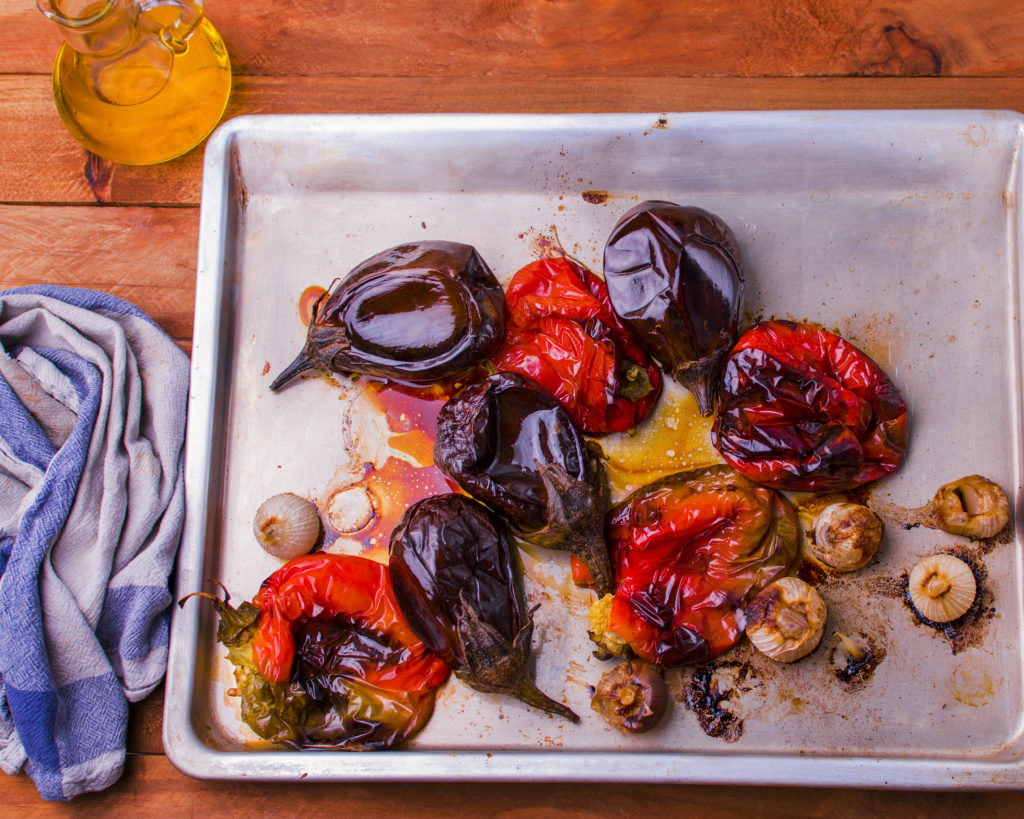We have a fetish with productivity. And it’s killing us.
Well, someone had to say it.
We live in this fast-paced world that demands we do more, do better, and function at a higher level — all the time. I’m sure you can relate. I know I can.
In the United States in particular, if we choose to not ride the optimized-productivity train, we may find ourselves in a lower-paying job and having less desirable opportunities socially. Not buying into the productivity fetish can even negatively impact us romantically. After all, we tend to choose a partner with similar ambitions and perspectives on life.

Different Perspectives on Productivity
While there’s nothing wrong with wanting to be productive, there is a thin line that divides a healthy desire to improve the quality of our lives and an obsession with increasing productivity to the point that it impedes that quality of life.
For example, Charlie and I spent a few months this summer working from Barcelona and saw the difference play out firsthand. Even in a bustling city with a cosmopolitan charm not so different from New York City’s, there were palpable boundaries.
As I sat at my desk gazing out the open window of our flat, I would see a woman across the way mosey into the office at around 9 am. She would sit at her computer, work for two hours, and then take a break. I suspect that like the many others we saw, she left to socialize and grab a coffee and snack at a local cafe.
Another few hours would go by and it would be time for lunch and a siesta. This time of the day made itself known by the bouquet of aromas – from pop a la brasa (aka grilled octopus) to the simple yet satisfying Escalivadas (aubergine, zucchini, tomatoes, and portabellas, “cooked in the ashes”). The wonderful smells would be accompanied by the cacophony of the bustling streets coming to life with animated conversation, laughter, and the clatter of silverware.
It was clear that these were not (for the most part) business lunches. Instead, these were people who recognized that they didn’t need to be working all the time and that taking a break to connect with friends and engage in their non-work life was something important.
Observing this alternate style of work encouraged Charlie I to adopt it. And, because of our new boundaries, we found that we were actually more productive.
Productivity ≠ Doing More
As I contemplated why things felt so different in Europe, I realized that it really came down to understanding the true essence of what it meant to be productive.

For most of us in the United States, we seem to associate productivity with producing more. But that’s not really what it’s all about — and I realized that this distinction is what makes the work lives of those in the US versus those in Europe so different.
Productivity is not merely a measure of the volume of production. According to the World Economic Forum, and as generally accepted, productivity is a ratio of the amount of output divided by the amount of input. And this is where things can get interesting.
If you are merely measuring the amount of output divided by the number of workers, then simply working longer hours under more grueling and less-accommodating conditions will increase productivity. That is much of what happens in the US.
But when you expand this definition to look at productivity as the ratio of output per hour worked by those producing, this changes dramatically. From this perspective, European works are actually more productive than their US counterparts, yet work fewer hours. For instance, in 2015 the French worked an average of ~1,480 hours annually compared to Americans who worked an average of 2,000 hours a year while producing almost as much. The big question, therefore, is whether those 500+ extra hours and more overall production have made us happier and more successful?
I’d argue that they haven’t.
The even bigger question is why are Europeans more productive on a worked-hour basis? I believe that what we experienced in Barcelona explains it perfectly.
Because they are not obsessed with productivity they free themselves to allocate time to other parts of their lives, which makes the work they do more sustainable.
Shifting Your Relationship with Productivity
So, what do we do with this information as we struggle to find the right productivity balance? I believe it’s all about shifting your relationship with what it means to be productive and how to create it.
For instance, you need to reframe things that are not work-related as aiding in your productivity. That daily walk, date night with your spouse, or socializing with friends or strangers at that cafe will improve your productivity because they will make your work hours more sustainable.
And I would argue that if you work fewer hours and allocate that extra time to improving your health, relationships, or even just having fun, you will see a fascinating increase in your productivity — and, most importantly, find a greater sense of joy in your day-to-day life.

So, if you’re ready to start shifting your relationship with productivity, here are seven ways you can get things on the right track:
- Be Selfish With Your Time. Your time is more valuable than any amount of money — and that means being stingy with it. In order to be both productive and live the life you most desire, you must learn to say no (or at the least offer rainchecks!). Similarly, the allocation of tasks is essential not just to allow someone, or something (a great use-case for technology), to take on the burden of tasks you aren’t best served doing, but it also eliminates superfluous decision-making by placing tasks and decisions in other’s hands.
- Be Aware of Screen Time. You’ve probably read a hundred articles on how screen time can negatively impact productivity. But it’s true! It’s vital to keep tabs on how many times you not just open your screen, but also how much time you spend clicking back to your email inbox to respond instantaneously to messages. I try to allot certain times during the day to email. Few things are so urgent that it can’t wait a few hours or even a day.
- Schedule in Time For The Essential Luxuries. Movement, mindful eating, socialization, and date nights are important! Slap it on your schedule to enjoy a silent cup of tea. These “non-productive” activities are not a waste of time and will allow you to truly recharge your batteries. So, when you go back to work, you are fully functioning — and that will make you more productive!
- Don’t Multitask. Seriously. It’s been baked in our heads since the 50’s housewives were rushing around the house before their husbands got home that we can do more than one thing at once and save time in the process. And it’s been a lie from the very start. Multitasking takes your attention away from the task at hand. Most detrimentally, the time that it takes your brain to switch tasks is far more than you imagine — and a great productivity killer. Mono-tasking things mindfully and doing tasks the right way the first time around will save you much time, effort, and energy. Plus, you may find that focusing on one thing at a time makes doing that thing more enjoyable!
- Pomodoros. The Pomodoro technique is a simple hack in which you break down your work into 25-minute slots. You give yourself a five-minute break afterward and continue through that cycle as you get through your day. It’s based on an understanding of how your brain works and has been shown to dramatically improve productivity. In fact, I wrote an entire article on how to adopt Pomodoro. Give it a shot!
- Nourish Yourself! Eating good, healthy, and nourishing foods — and enough of them — makes all the difference! Your brain NEEDS nutrients to function, focus and feel its best. If you’re noticing a mid-afternoon hazy slump, it may be the caffeine, but it also may just be that your blood sugar is dipping. Having a handful of nuts and apple can be a game-changer for your mood and energy levels. So try trading your afternoon latte for some water or tea and some healthy snacks.
- Reset your Routine. For the last, but certainly not least productivity booster, you can take a hard, honest look at your routine. This process may, in fact, be the ultimate productivity booster. We’re such fans of it that we created a free program called The Routine Reset. Going through it (it’s quick!) encourages me to be real with myself and assess what I am doing on a daily basis. Most importantly, it helps me examine if that daily set of tasks is serving my purpose and, if they’re not, what tasks or habituations I need to establish in order to nurture my purpose. It’s free, quick, and a great way to start improving your productivity!
So as we begin a new week ahead, instead of feeling overwhelmed and glugging down a few extra cups of caffeine in a feeble effort to get the day going, maybe try reassessing your relationship with productivity. Try doing less and seeing how it changes your quality of work, mood, and day-to-day experience. In case you too needed the reminder, we are not machines, and so we ought to occasionally remind our zealous minds, that we should treat ourselves accordingly.

Great article Laura!!